Gastronomy
Dénia was designated by the UNESCO as a City of Gastronomy. Gastronomy is the defining characteristic of Dénia and provides a direct link to its citizens, its history and cultural identity. The City of Gastronomy designation celebrates the culinary traditions and innovations of its people. There are more than 300 bars and restaurants in Dénia where you can enjoy its gastronomy specialized in rice and seafod dishes such as paella and arròs a banda (a rice and seafood dish), arròs negre (black rice with cuttlefish or squid ink), l’espencat (red pepper, aubergine and cod salad), pulpo seco (dried octopus), gamba roja (Dénia’s red prawns), Rap all i pebre (garlic, paprika and cayenne Monkfish) and suquet de peix (fish stew). Arròs del senyoret is a rice dish with seafood already peeled in order not to soil the hands of the young gentlemen. There are many restaurants on Loreto Street near to your location and in the old town, serving Mediterranean and international dishes.
Paella Valenciana. The Paella Valenciana belongs to the cultural hetitage of the Valencia region and Spain. It is the typycal food of the Valencian Community, including Alicante and Dénia. Its real name is Paella Valenciana that is the traditional paella of the Valencia region, is believed to be the original recipe, and consists of round-grain rice, bajoqueta and tavella (varieties of large green beans), rabbit, chicken (originally duck), garrofó (a variety of lima or butter bean), and caragols (snails, usually of the species Helix aspersa), cooked in olive oil and chicken broth. The dish is sometimes seasoned with whole rosemary branches. Traditionally, the yellow color comes from saffron, but turmeric and Calendula can be used as substitutes. Artichoke hearts and stems may be used as seasonal ingredient. Most paella cooks use bomba rice (a kind of short round rice cultivated in La Albufera de Valencia), but a cultivar known as senia is also widely used in the Valencia region. It has to be cooked in a flat pan called paella or paellera, forming a layer of rice, over a fire of orange tree wood. Orange trees are common in this zone. It is said that the hard water of the region is important in the formulation of the Paella Valenciana. The layer of rice that remains sticked to the pan is called socarrat and is greatly appreciated by many people.
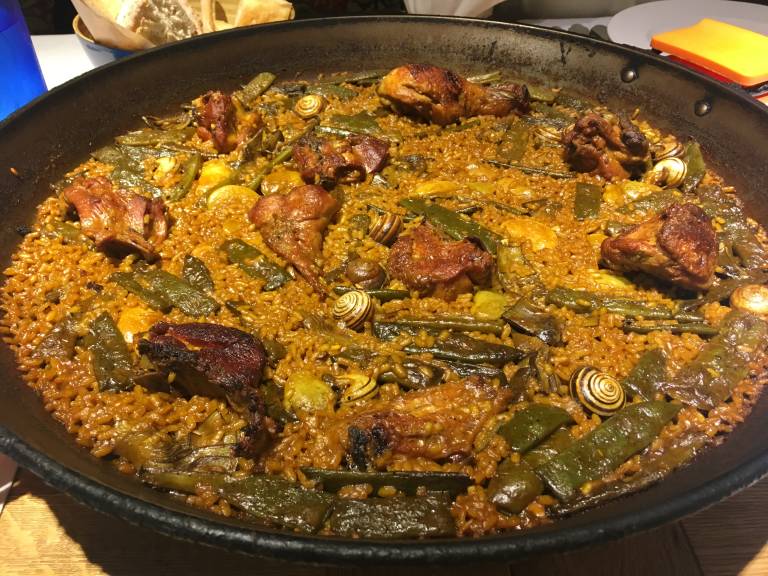
The real Paella Valenciana
Arròs a banda. It translates from Valenciá (the local language) as “separate rice.” In this recipe, the rice and seafood ingredients are cooked separately and then served together on the plate. Seafood used could be shrimp, cuttlefish, squid or clams among other. The main ingredients in a traditional recipe are: Bomba rice, fish broth or fumet (three times the volume of rice), cuttlefish, prawns, onion, mature tomatoes, salt, garlic cloves, sweet paprika and saffron. It can be prepared as arrós al senyoret. This dish is typical of Dénia.
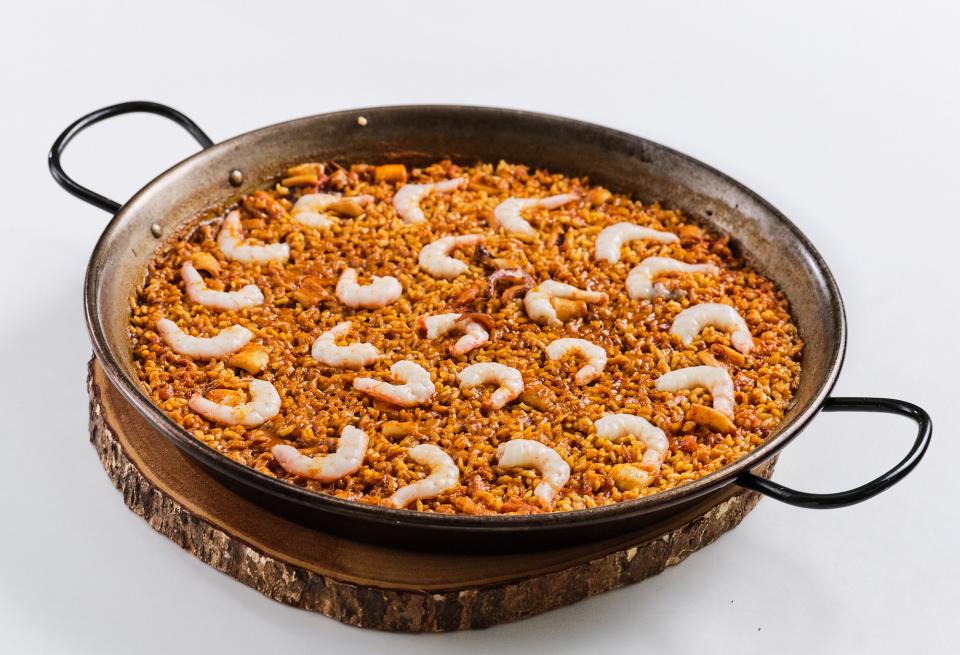
Arrós a banda with shrimp
Black rice (arròs negre o arroz negro). The black rice is similar to the arroz a banda but prepared using the squid or cuttlefish ink to give the black color to the rice. The seafood involved is usually squid or cuttlefish but additionally prawn or shrimp can be added. The rice can be cooked and served as meloso (mellow) to have a characteristic creamy soft wet consistency.
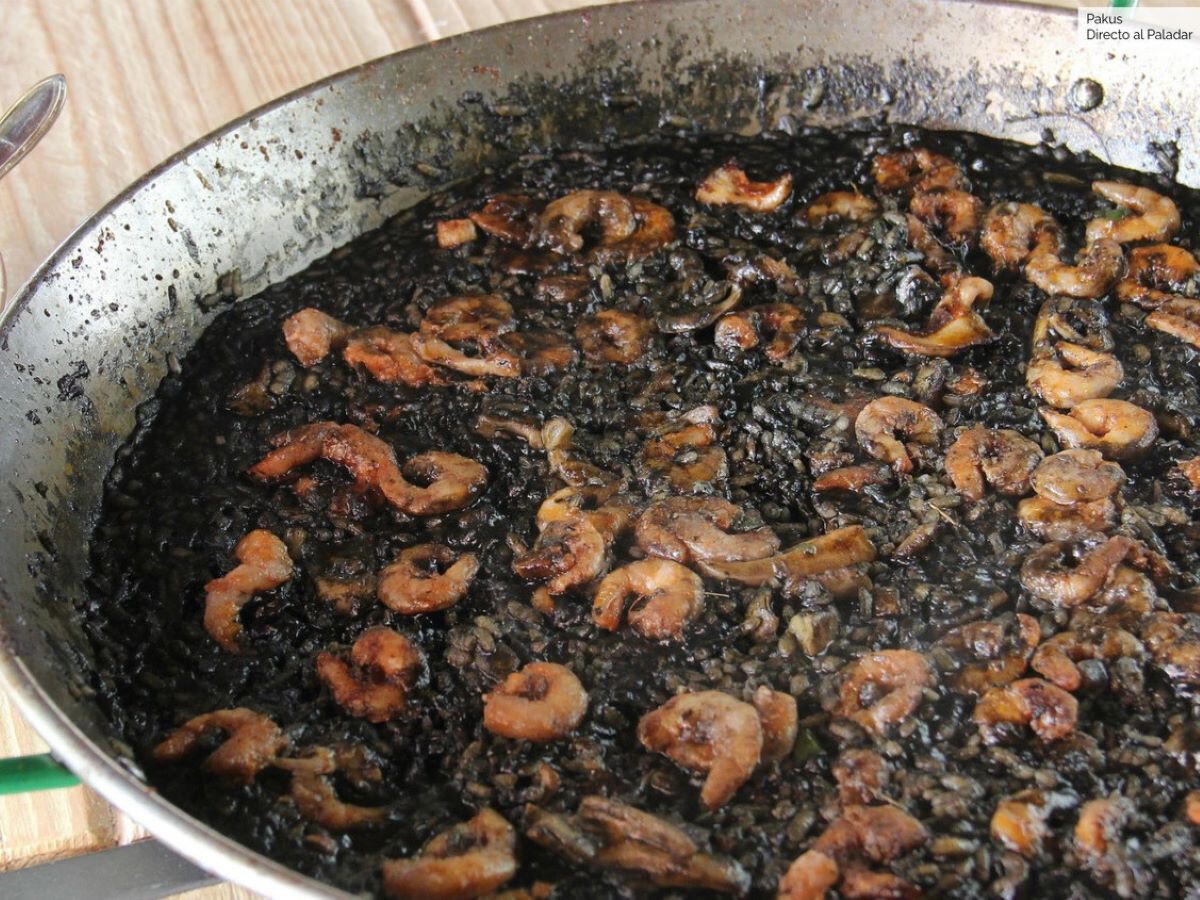
Black rice (Arrós negre)
There are other dishes with rice as arroz a la Alicantina, arroz al horno, and arroz marinero (seafood rice, with various types of seafood). The last is mistakenly named as paella in the Americas and in other parts of the World.

Fideuá. Also the Fideuá, another Valencian dish, is prepared in a similar way as those before, but using short pasta (generally in form of U) instead of rice (See below). It can be also prepared black using cuttlefish or squid ink.

Fideuá
There are many other typical dishes of Dénia. The pictures below make true the saying that an image worth more than thousand words.

Rap All i pebre (monkfish) or eel (Rape fish or anguila with garlic, paprika and cayenne)
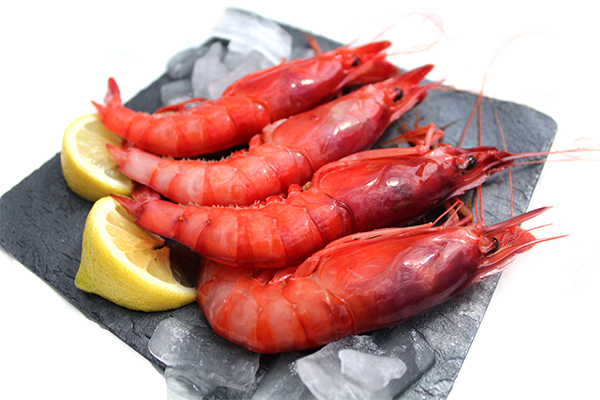

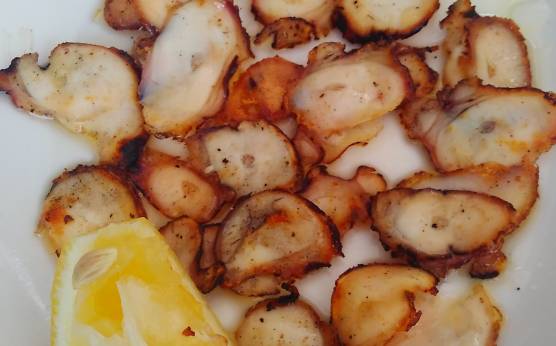
Red prawns from Dénia
Sea urchin (Erizo de Mar)
Dried octopus (Pulpo seco)


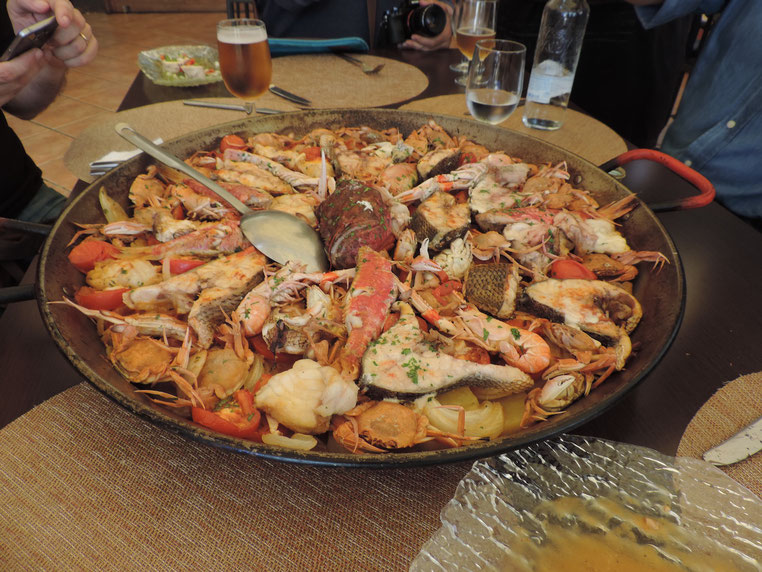
Suquet de Peix (Fish stew)
Cocas with anchovy
Fish Llandeta (Cruet de peix)
Wineries and Cellars
There is evidence of winemaking in the region of Dénia (Denomination of Origin: Marina Alta) since 2700 years ago. Therefore there is a long tradition of winemaking here. At mid distance from Dénia you can visit some wineries and cellars. These wineries offer guided visits and wine tasting:
- Jesús Pobre. Winery Les Freses, close to El Montgó, 9.3 km, 15 min by car, for visits contact here
- Xaló (Jalón). Bodegas Xaló, 33 km, 24 min by car, for visits contact visitas@bodegasxalo.com or reserve here;
- Parcent. Bodegas Gutiérrez de La Vega, 23 km, 20 min by car, for guided visits and wine tasting contact here;
- Teulada. Bodegas Teulada, 28 km, 27 min by car, for visits and prices.
These wineries produce fine wines: red, white and rosé. Specialties of the zone are wines done with muscatel grapes such as white wine of Marina Alta and Mistela; Garnacha wine made with Garnacha grapes (Grenache or the Mediterranean grape), and Giró grapes such as Giró wine, Vermouth and liquor wine.
